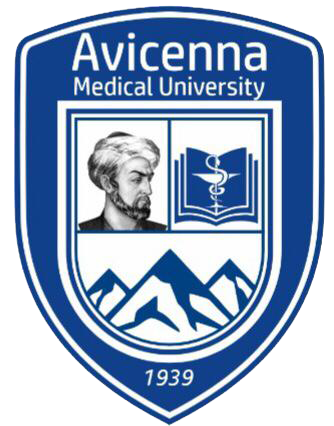NAVRUZ HOLIDAY
With the onset of spring in Tajikistan, people begin preparations for Navruz, the most significant and ancient celebration marking the renewal of nature. This holiday is observed on March 21, coinciding with the vernal equinox—a celestial event when day and night are of equal duration. On this day, a new solar cycle commences, heralding the start of a new astronomical year and the revival of nature. For millennia, this day has held profound significance for many Eastern civilizations, symbolizing not only the commencement of the agricultural year but also the renewal of nature, humanity, and the human spirit. In a broader sense, it represents the beginning of a new phase of life.
Inscribed in 2009 on the Representative List of the Intangible Cultural Heritage of Humanity as a cultural tradition shared by numerous peoples, Navruz is a festival with deep historical roots that marks the arrival of spring and the rejuvenation of nature. This celebration embodies the principles of peace, social cohesion across generations and within families, reconciliation, and good neighborly relations, thereby fostering cultural diversity and strengthening bonds of friendship among different communities and nations.
The observance of Navruz symbolizes the harmonious coexistence of humanity with nature, emphasizing the intrinsic connection between creative labor and the cyclical regeneration of the natural world. It also promotes a conscientious and respectful approach to the fundamental sources of life within the environment. On February 23, 2010, the United Nations General Assembly officially recognized March 21 as the International Day of Navruz. During the same session, the Assembly acknowledged UNESCO’s decision of September 30, 2009, to include Navruz in the Representative List of the Intangible Cultural Heritage of Humanity.
Nowruz is likely the oldest New Year celebration in human history, with its origins lost in the depths of millennia. Therefore, it is unsurprising that eminent scholars such as Abu Rayḥan al-Biruni and Omar Khayyam turned to mythology and religious narratives to elucidate its origins. As a manifestation of cultural heritage and a living tradition, Nowruz represents one of the most distinctive elements of Aryan civilization.
Every year, the staff of the department, together with residents and interns, actively participate in university events dedicated to this sacred occasion - Navruz.
The staff of the department of obstetrics and gynecology 1 sincerely extends heartfelt congratulations to all employees of Avicenna Tajik State Medical University on the occasion of Navruz holiday.

